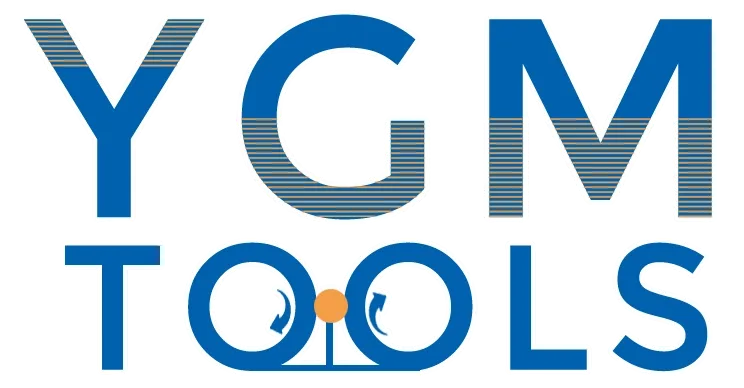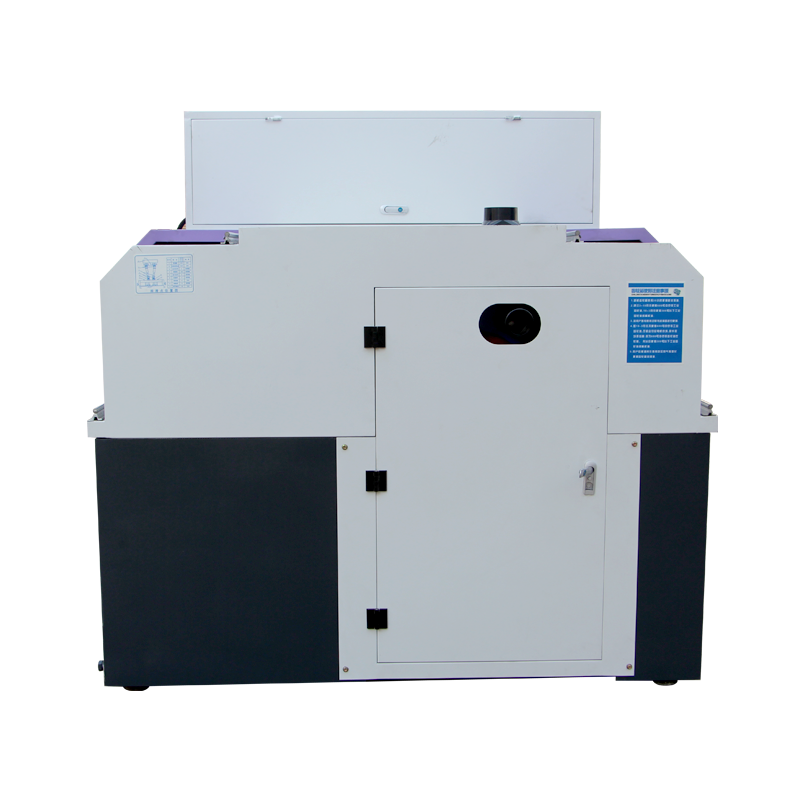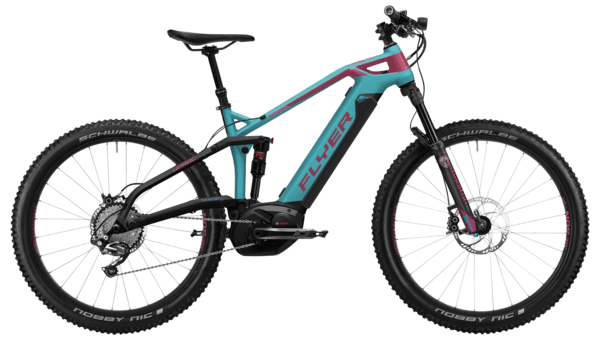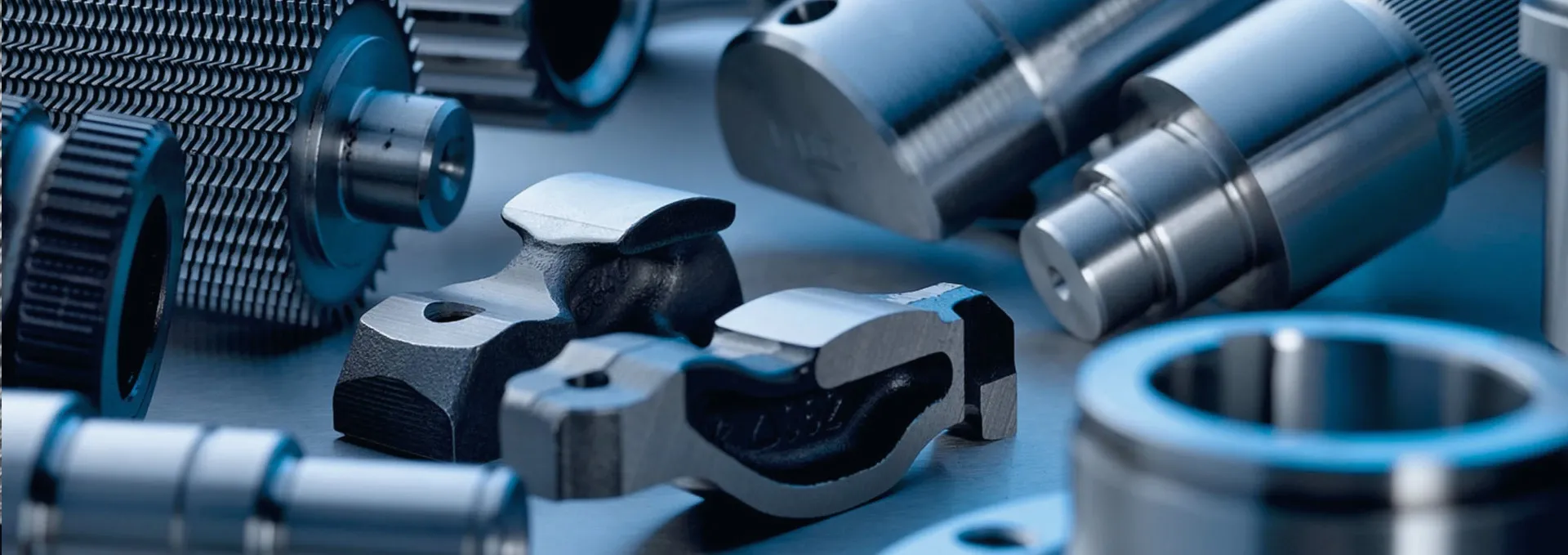
-
 Afrikaans
Afrikaans -
 Albanian
Albanian -
 Amharic
Amharic -
 Arabic
Arabic -
 Armenian
Armenian -
 Azerbaijani
Azerbaijani -
 Basque
Basque -
 Belarusian
Belarusian -
 Bengali
Bengali -
 Bosnian
Bosnian -
 Bulgarian
Bulgarian -
 Catalan
Catalan -
 Cebuano
Cebuano -
 Corsican
Corsican -
 Croatian
Croatian -
 Czech
Czech -
 Danish
Danish -
 Dutch
Dutch -
 English
English -
 Esperanto
Esperanto -
 Estonian
Estonian -
 Finnish
Finnish -
 French
French -
 Frisian
Frisian -
 Galician
Galician -
 Georgian
Georgian -
 German
German -
 Greek
Greek -
 Gujarati
Gujarati -
 Haitian Creole
Haitian Creole -
 hausa
hausa -
 hawaiian
hawaiian -
 Hebrew
Hebrew -
 Hindi
Hindi -
 Miao
Miao -
 Hungarian
Hungarian -
 Icelandic
Icelandic -
 igbo
igbo -
 Indonesian
Indonesian -
 irish
irish -
 Italian
Italian -
 Japanese
Japanese -
 Javanese
Javanese -
 Kannada
Kannada -
 kazakh
kazakh -
 Khmer
Khmer -
 Rwandese
Rwandese -
 Korean
Korean -
 Kurdish
Kurdish -
 Kyrgyz
Kyrgyz -
 Lao
Lao -
 Latin
Latin -
 Latvian
Latvian -
 Lithuanian
Lithuanian -
 Luxembourgish
Luxembourgish -
 Macedonian
Macedonian -
 Malgashi
Malgashi -
 Malay
Malay -
 Malayalam
Malayalam -
 Maltese
Maltese -
 Maori
Maori -
 Marathi
Marathi -
 Mongolian
Mongolian -
 Myanmar
Myanmar -
 Nepali
Nepali -
 Norwegian
Norwegian -
 Norwegian
Norwegian -
 Occitan
Occitan -
 Pashto
Pashto -
 Persian
Persian -
 Polish
Polish -
 Portuguese
Portuguese -
 Punjabi
Punjabi -
 Romanian
Romanian -
 Russian
Russian -
 Samoan
Samoan -
 Scottish Gaelic
Scottish Gaelic -
 Serbian
Serbian -
 Sesotho
Sesotho -
 Shona
Shona -
 Sindhi
Sindhi -
 Sinhala
Sinhala -
 Slovak
Slovak -
 Slovenian
Slovenian -
 Somali
Somali -
 Spanish
Spanish -
 Sundanese
Sundanese -
 Swahili
Swahili -
 Swedish
Swedish -
 Tagalog
Tagalog -
 Tajik
Tajik -
 Tamil
Tamil -
 Tatar
Tatar -
 Telugu
Telugu -
 Thai
Thai -
 Turkish
Turkish -
 Turkmen
Turkmen -
 Ukrainian
Ukrainian -
 Urdu
Urdu -
 Uighur
Uighur -
 Uzbek
Uzbek -
 Vietnamese
Vietnamese -
 Welsh
Welsh -
 Bantu
Bantu -
 Yiddish
Yiddish -
 Yoruba
Yoruba -
 Zulu
Zulu
Discover Diverse Thread Rolling Machines Types for Precision
- Introduction to thread rolling machine categories and industrial significance
- Market growth statistics and adoption trends across industries
- Technical superiority over traditional thread production methods
- Comparative analysis of leading manufacturers and equipment specifications
- Custom engineering solutions for specialized applications
- Practical implementation case studies in automotive and aerospace
- Strategic selection criteria for optimal thread rolling equipment

(types of thread rolling machine products)
Understanding Key Types of Thread Rolling Machine Products
The manufacturing landscape offers diverse thread rolling machine configurations to address specific production requirements. Flat die machines dominate high-volume fastener production for automotive applications, utilizing two flat dies in opposing linear motion. Cylindrical die systems provide superior precision for complex geometries like medical implants, rotating workpieces between circular dies. CNC-equipped planetary thread rollers represent the cutting edge for aerospace components, rotating multiple dies around a central workpiece. Hydraulic variants handle heavy-duty applications up to 120mm diameter, while servo-electric machines deliver energy-efficient operation for smaller batches. Specialized variants include profile rolling machines for splined shafts and tube-end forming systems for pipe threading applications.
Market Growth Statistics and Industrial Adoption
Global demand for thread rolling equipment continues its upward trajectory, with the market projected to reach $823 million by 2028, exhibiting a 5.7% CAGR according to Machining Solutions Report 2023. Automotive manufacturing accounts for 42% of installations, driven by EV component production requirements. Aerospace sector adoption grew 18% year-over-year, necessitated by titanium fastener requirements in next-generation aircraft. Productivity metrics reveal compelling advantages: thread rolling operates at 300-500 parts per minute compared to 40-60 PPM with CNC threading. Leading facilities report 25-30% reduction in fastener production costs and 68% decrease in tooling expenditures. Quality improvement data shows 99.2% consistency in rolled threads versus 94.7% in cut threads across sampled industrial applications.
Technical Advantages Over Conventional Methods
Rolling technology revolutionizes thread production through material displacement rather than removal, preserving grain continuity and enhancing structural integrity. This cold-forming process delivers substantial benefits over cutting alternatives. Fatigue strength increases between 30-80% depending on material, while surface hardness improves by 15-30% on the Rockwell C scale. Production speeds typically exceed machining by 400-600%, with 93% material utilization compared to 45-60% with subtractive methods. Modern machines incorporate real-time monitoring systems tracking force (up to 250 kN) and alignment within 0.003mm tolerance. Integrated vision systems perform 100% inspection at production rates, automatically rejecting defects while collecting statistical process control data. Power consumption analyses demonstrate 35-40% lower energy requirements versus equivalent CNC threading centers.
Manufacturer Comparison and Equipment Specifications
| Manufacturer | Model Range | Max Diameter (mm) | Production Rate (PPM) | Force Capacity | Unique Technology |
|---|---|---|---|---|---|
| PROFIROLL Technologies | G200-G500 | 5-100 | 450 | 140 kN | Adaptive Hydraulic Control |
| WAFIOS | RF Series | 3-60 | 380 | 120 kN | Triple-Die Planetary System |
| WINTERSTEIGER | Sigma Series | 4-120 | 320 | 200 kN | Servo-Electric Drive |
| Rems | Camplus 2.0 | 8-80 | 520 | 95 kN | AI-Powered Optimization |
| Waterbury Farrel | MaxiThread | 12-150 | 280 | 310 kN | Heavy-Duty Construction |
Premium manufacturers distinguish themselves through proprietary technologies and engineering focus areas. German-engineered systems typically lead in precision components below 40mm diameter, achieving ±0.005mm tolerance. American models specialize in high-force applications for large-diameter components. Japanese manufacturers excel in compact systems with advanced servo controls, while Italian companies dominate tube-end finishing configurations. The latest advancements include IoT-enabled predictive maintenance capabilities reducing downtime by up to 45% and multi-axis CNC systems handling tapered threads and variable-pitch requirements.
Custom Engineering Solutions
Specialized manufacturing challenges require tailored engineering approaches across critical dimensions. For medical implant production, Swiss manufacturers developed micro-threading systems producing M0.8 threads with surface finishes below Ra 0.2μm. Aerospace applications demanded planetary rolling heads machining Inconel 718 up to 50mm diameter without lubricants. Automotive suppliers implemented automated cells combining rolling stations with robotic handling, reducing labor content by 75%. Unique configurations include dual-spindle machines processing both thread ends simultaneously and integrated micro-blanking systems for fastener manufacturing. Progressive manufacturers now offer application engineering services conducting finite element analysis to optimize die profiles, significantly extending tool life beyond standard 250,000-part cycles. Material-specific solutions address unique challenges like aluminum galling prevention and high-silicon steel work hardening parameters.
Industry Application Case Studies
Automotive transmission manufacturer ZF Friedrichshafen implemented planetary thread rollers for differential pinion shafts, increasing output to 820,000 units monthly while reducing cycle time from 38 to 12 seconds. Post-implementation analysis confirmed 15% higher torque resistance in assembled units. Aerospace tier-1 supplier Precision Castparts achieved 30% weight reduction on turbine fasteners by transitioning from machined to rolled Inconel threads. The application demonstrated 120% improvement in vibration-induced fatigue life. Medical device producer Medtronic validated a new spinal implant series using cylindrical rolling machines, achieving 99.998% dimensional conformity and eliminating secondary polishing operations. Oilfield equipment manufacturer Baker Hughes reported solving chronic thread leakage issues on drill pipe connections after implementing Waterbury Farrel's heavy-duty rollers, decreasing rejection rates from 7.3% to 0.2% in field operations.
Selecting Optimal Thread Rolling Machine for Sale Products
Choosing among various types of thread rolling products requires methodical evaluation of operational parameters and strategic objectives. Production volume stands as the primary determinant; flat die machines deliver maximum throughput above 300,000 monthly parts, while CNC planetary models offer greater flexibility below 100,000 units. Material characteristics dictate force requirements, with exotic alloys typically demanding 30-50% greater tonnage than carbon steel. Leading manufacturers provide application laboratories conducting free process validations using customer materials before procurement. Recent industry analysis indicates 30% higher ROI on equipment featuring Industry 4.0 connectivity for predictive maintenance and remote diagnostics. Post-purchase considerations include technical support availability (global leaders maintain 24/7 response) and local service infrastructure. Evaluation criteria should prioritize long-term operational economics over initial price points, particularly regarding energy consumption and maintenance cycle optimization in determining the most appropriate thread rolling machine for sale products.

(types of thread rolling machine products)
FAQS on types of thread rolling machine products
Here are 5 pairs of HTML-formatted FAQs centered around thread rolling machine types and related products:Q: What are the main types of thread rolling machine products?
A: Major types include flat die thread rollers, planetary rotary machines, and cylindrical die rollers. Flat die machines handle complex profiles, while planetary systems excel at high-volume production. Cylindrical models are preferred for external threading of shafts and fasteners.
Q: Which materials work with different types of thread rolling products?
A: Thread rolling products process ductile materials like steel alloys, aluminum, brass, and stainless steel. Harder alloys require hydraulic machines for higher pressure, while softer metals work efficiently with mechanical roller types. Material strength dictates roller durability requirements.
Q: What thread rolling machines for sale products suit automotive manufacturing?
A: High-speed planetary thread rollers and CNC-automated machines are top choices. Rotary models like two-die systems ensure precision for engine/transmission components. Inline machines with feeding systems boost output for mass production needs.
Q: How do stationary vs rotating thread rolling machine types differ?
A: Stationary (flat die) machines move dies linearly against fixed workpieces, ideal for asymmetrical parts. Rotating (cylindrical die) types spin synchronized rolls around rotating workpieces, perfect for symmetrical bolts. Stationary models require simpler setups than rotary variants.
Q: What factors determine thread rolling machine product selection?
A: Consider workpiece dimensions (diameter/length), threading specifications (pitch/profile), and volume needs. Flat die machines handle large diameters, while planetary systems optimize small-part mass production. Automation compatibility and force capacity are critical for industrial use.
